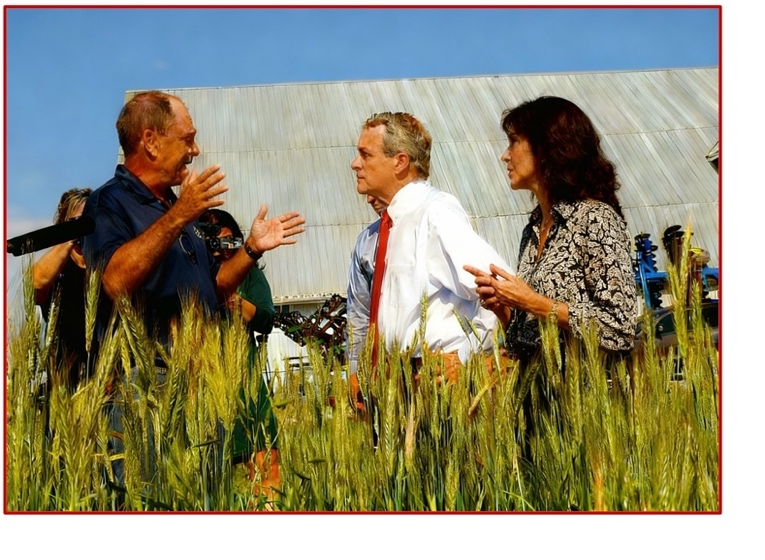
For generations, the American Midwest has been called the nation’s breadbasket. Today, that breadbasket is starting to look more like a casualty zone. As the U.S.–China tariff war drags into another season, soybean fields, grain elevators, and farm supply businesses across the heartland are all feeling the same pain — their biggest customer has walked away, and the financial fallout is spreading through every layer of the rural economy.
When China abruptly stopped buying U.S. soybeans and other agricultural commodities, the results were immediate and devastating. For years, China had been purchasing roughly 60% of all U.S. soybean exports, a market that kept tens of thousands of American farms afloat. Now, that demand has shifted almost entirely to Brazil and Argentina, where exporters have been quick to fill the vacuum. Ships once bound for Shanghai are now idling or rerouted, and American storage bins are overflowing with unsold crops.
A Perfect Storm for Farmers — and Their Creditors
Farmers are not just losing sales; they’re losing liquidity. Without export income, many can’t service their existing loans or pay input suppliers on time. This isn’t just a rural issue — it’s a systemic one. Each farmer has a web of creditors: fertilizer distributors, machinery dealers, transportation companies, and banks. When farmers fall behind, the entire chain starts to tighten.
For credit and collection managers, this creates a difficult paradox:
- Customers who once paid dependably are now stretching terms or seeking extended financing.
- Collateral values tied to crop yields are declining, eroding security positions.
- Secondary industries such as food processors, packaging companies, and logistics providers are facing delayed receivables from clients who are “waiting for the next subsidy.”
The result is a credit ecosystem on life support, where even companies far removed from the farm field are quietly absorbing the impact.
The Argentina Twist: Importing What We Once Exported
Adding insult to injury, a recently announced U.S.–Argentina trade deal will allow significantly larger volumes of Argentine beef and other agricultural products into the U.S. market. While this may benefit American consumers with lower prices, it’s a bitter pill for U.S. cattle ranchers already battling low commodity prices and shrinking export opportunities.
To many in the Midwest and cattle country, this feels like economic whiplash — first losing China’s demand for soybeans, then watching foreign competitors gain access to U.S. grocery shelves. The irony is not lost on them: America’s farmers and ranchers are being undercut abroad and outcompeted at home.
Credit Lessons from the Field
The farm economy’s credit strain holds valuable lessons for businesses in every industry. Commodity volatility, geopolitical tensions, and shifting trade alliances can transform reliable customers into high-risk accounts overnight. Credit managers who rely solely on historical payment data risk are being blindsided when market shocks hit.
Here’s what proactive credit teams are doing now:
- Mapping indirect exposure: Even if your company doesn’t sell to farms, your customers might — track how much of their revenue depends on agricultural or export-related clients.
- Reassessing collateral: Since equipment, land, and inventory may have declining market values, be cautious when accepting them as security.
- Communicating early: Reach out to affected customers before delinquency sets in; many are open to structured payment plans if approached proactively.
- Watching global signals: Tariff adjustments, trade deals, and export data can be leading indicators of payment behavior shifts months ahead of the balance sheet.
A Harvest Without Buyers
The saddest truth is that many American farmers are producing crops that no one is buying — at least not at prices that make sense. They’ve weathered droughts, floods, and recessions, but geopolitical trade battles are something different. These aren’t forces of nature; they’re policy decisions with human costs.
For credit and collection professionals, that human cost is now showing up in receivables aging reports. Protecting your company means staying informed, communicating transparently, and adjusting risk models to reflect a new reality: even America’s most reliable producers can become credit risks overnight when the global market turns against them.
Your thoughts and comments (nseiverd@cmiweb.com) are most welcome!
Nancy Seiverd, President
CMI Credit Mediators, Inc.
All Rights Reserved
Image by freepik.com

